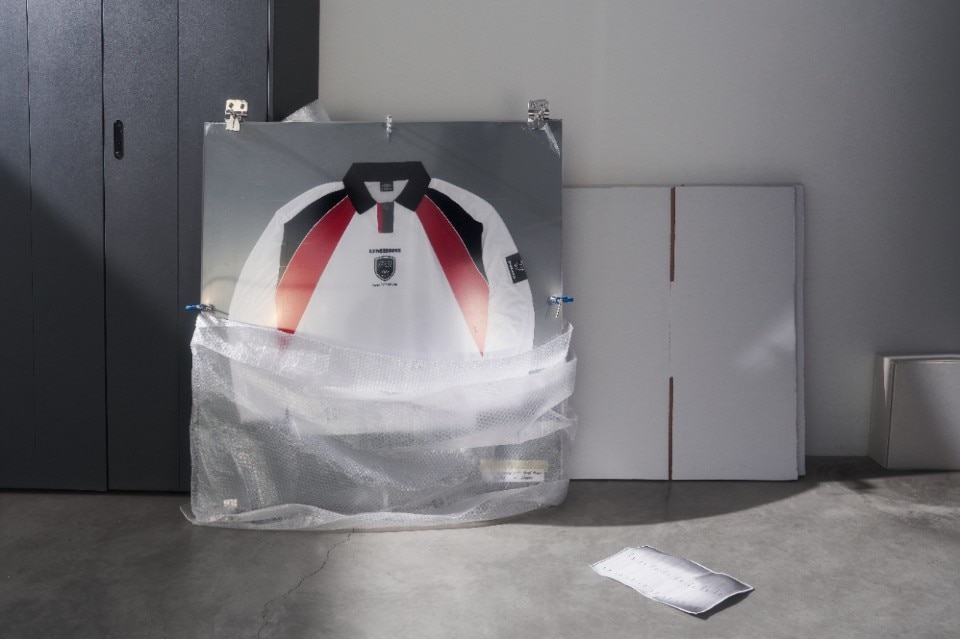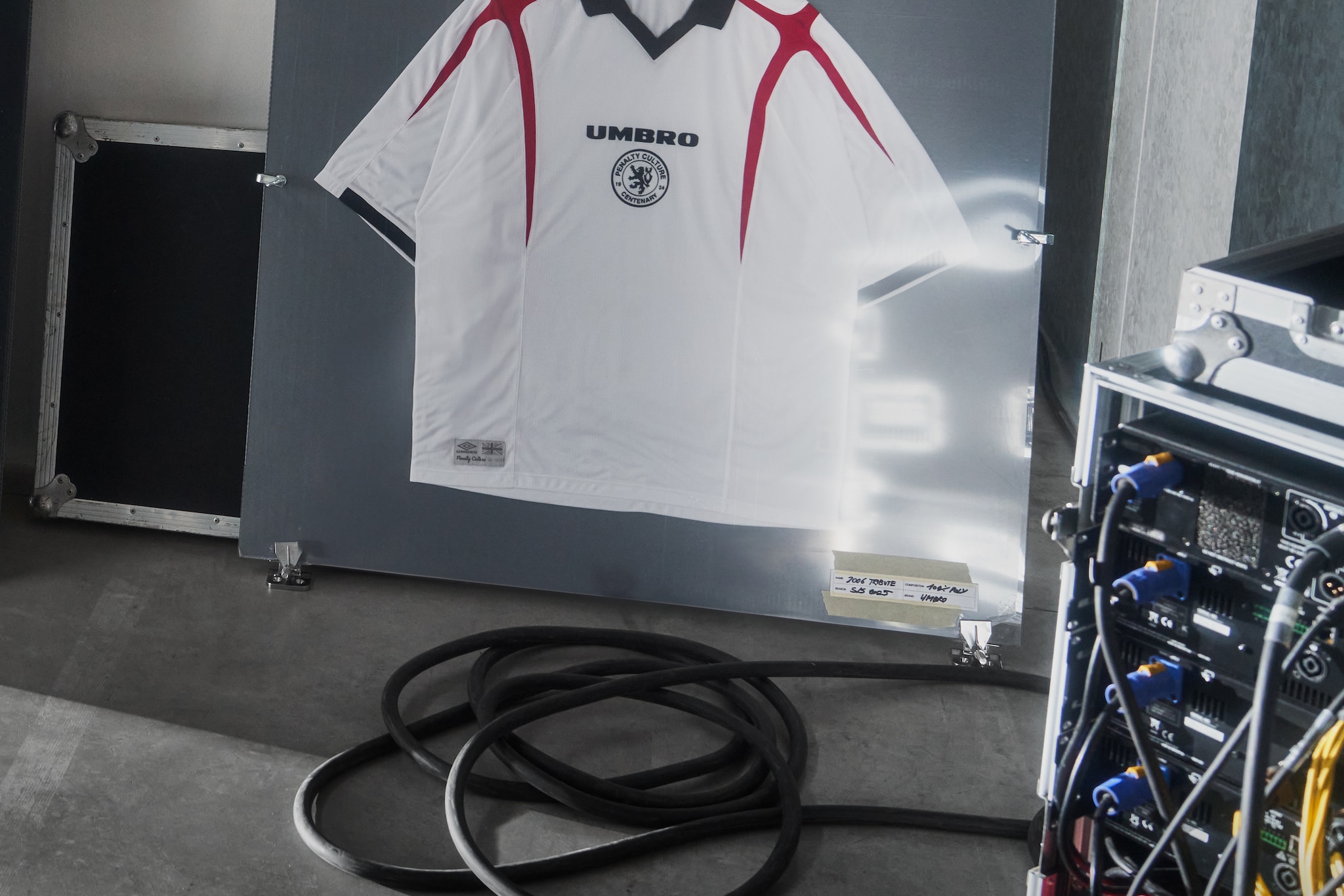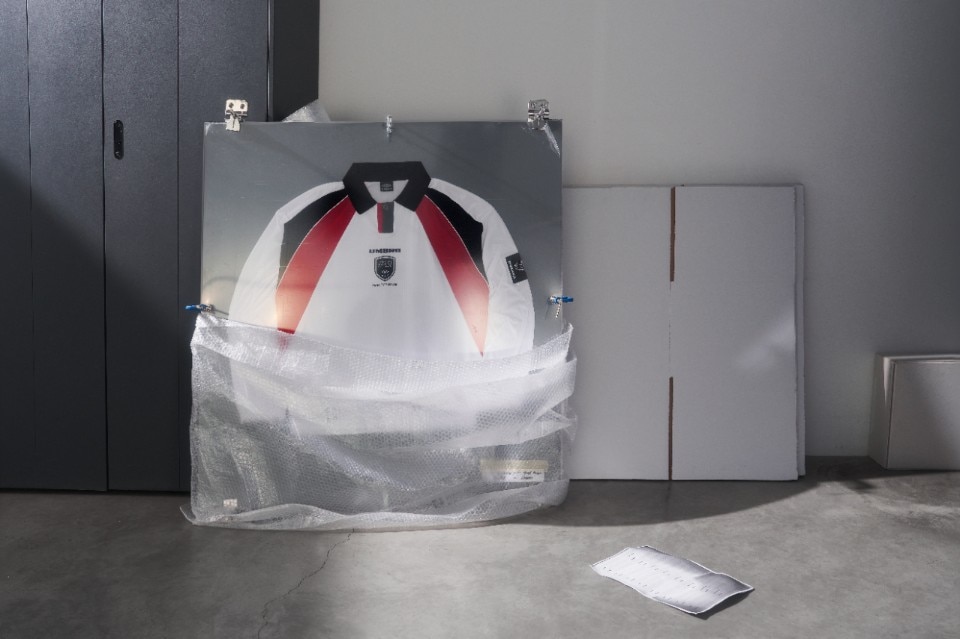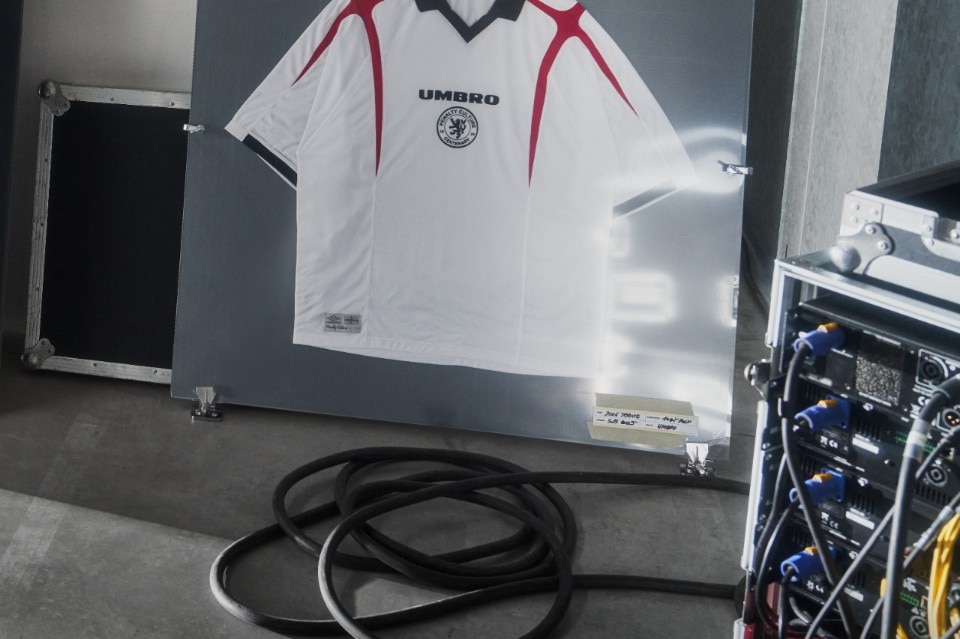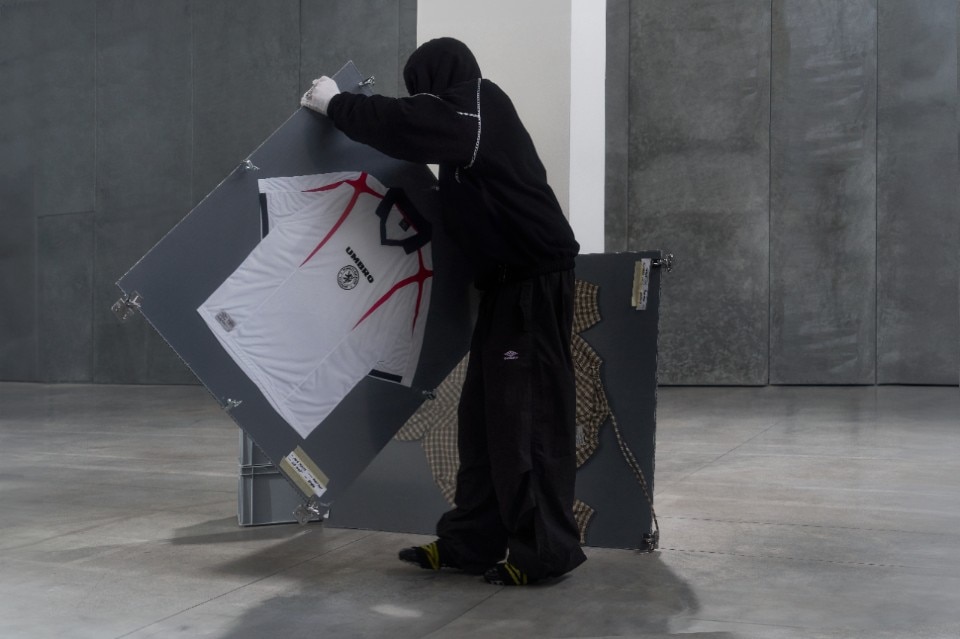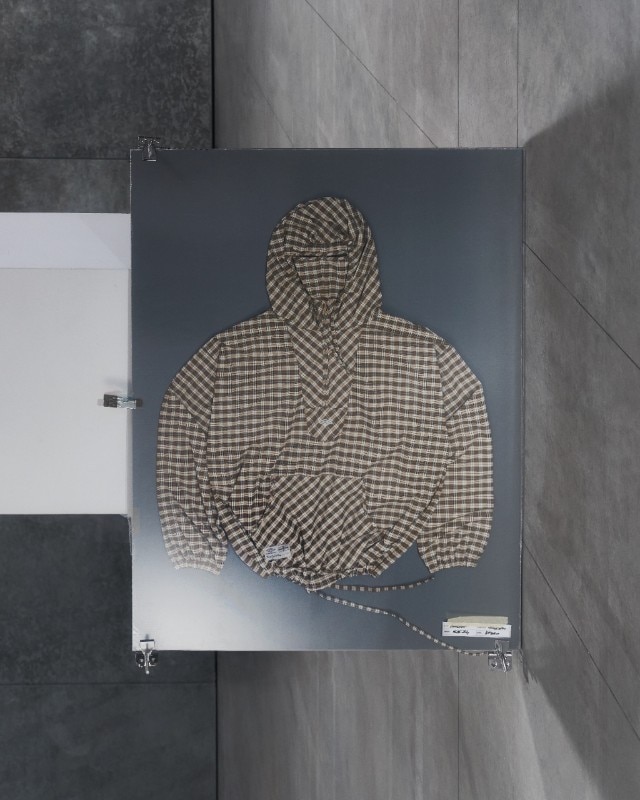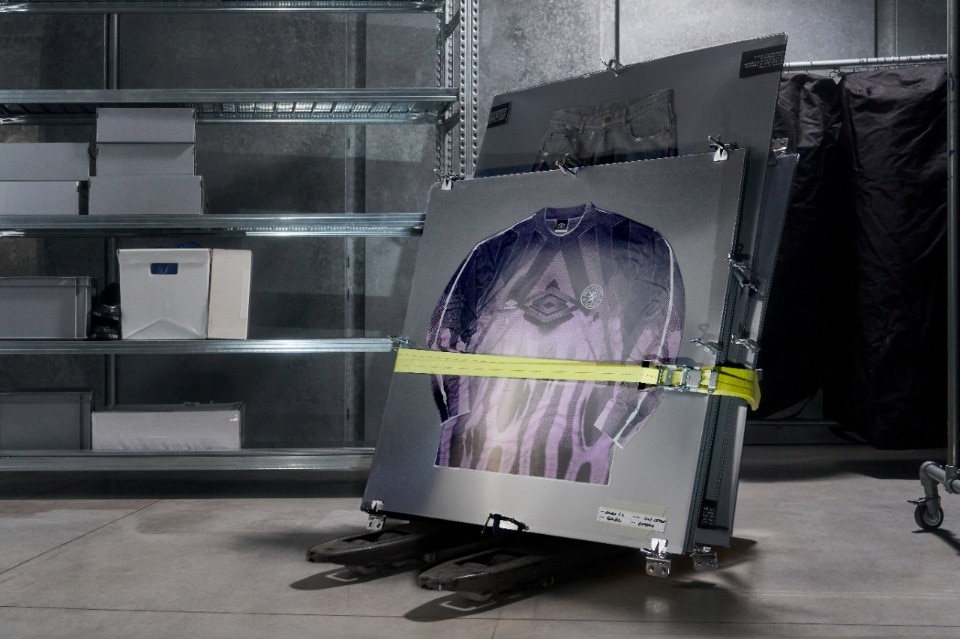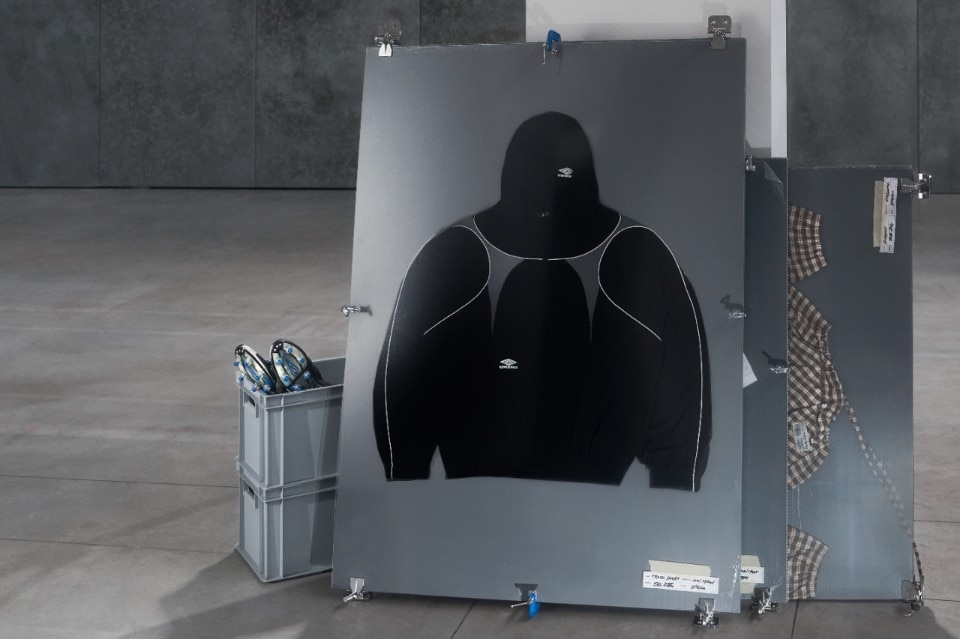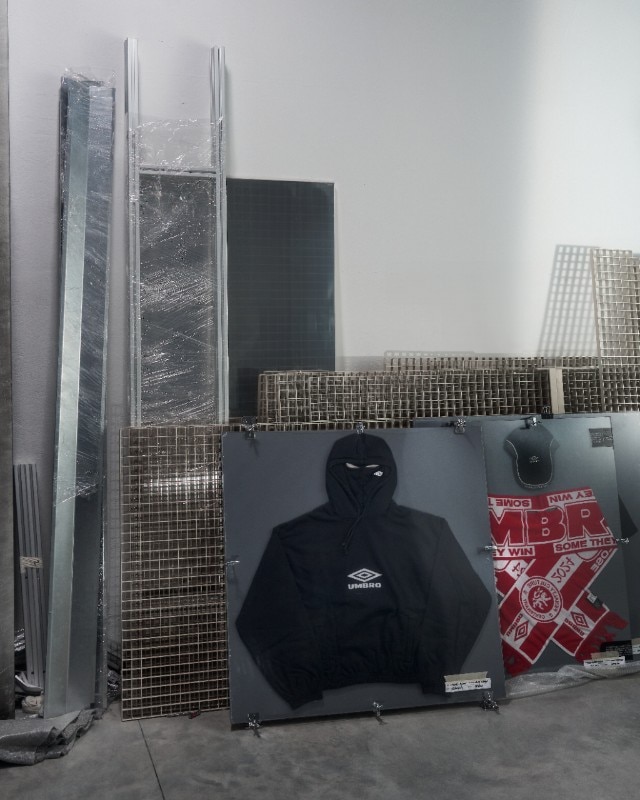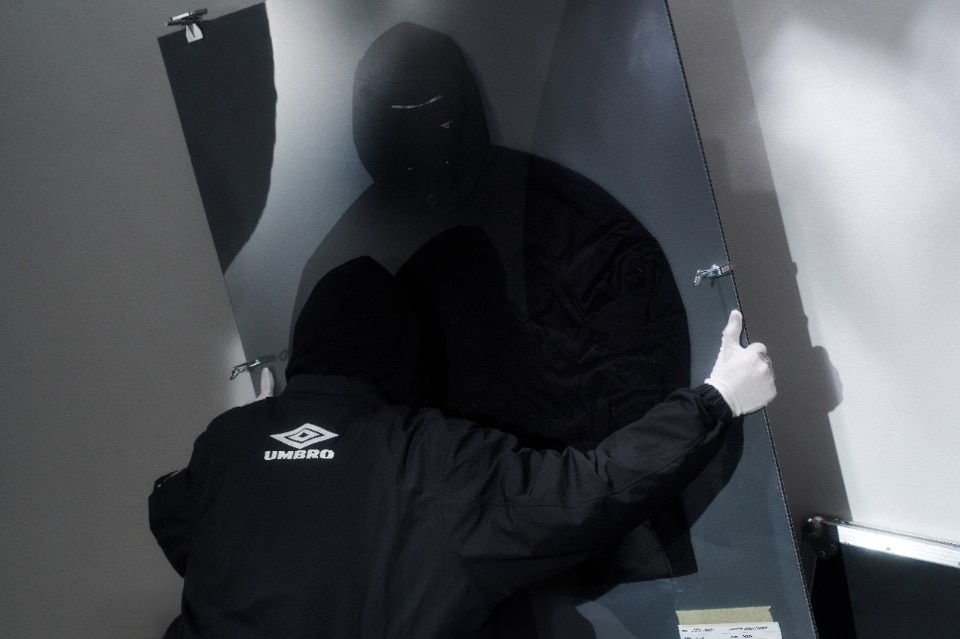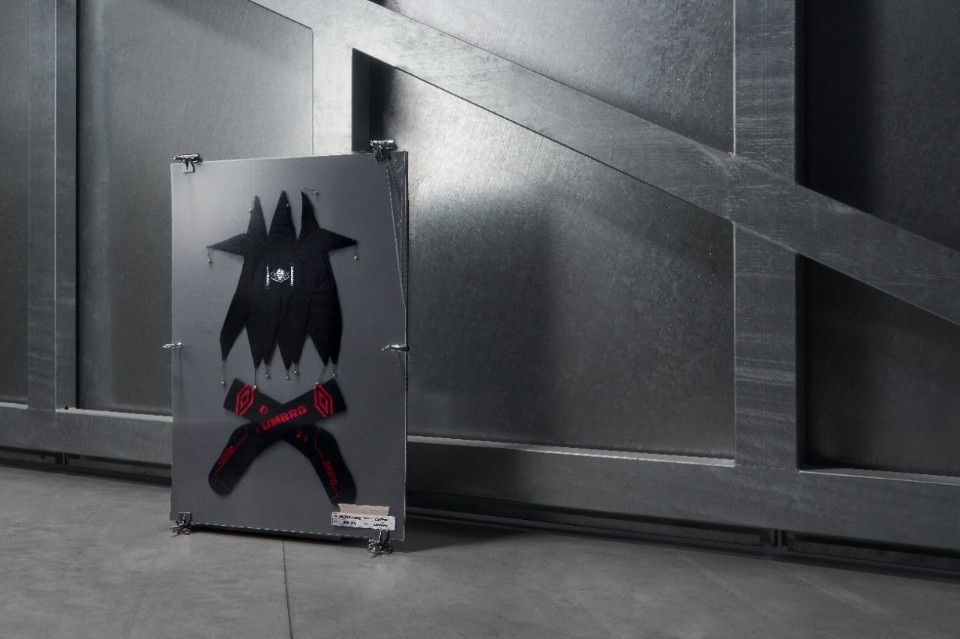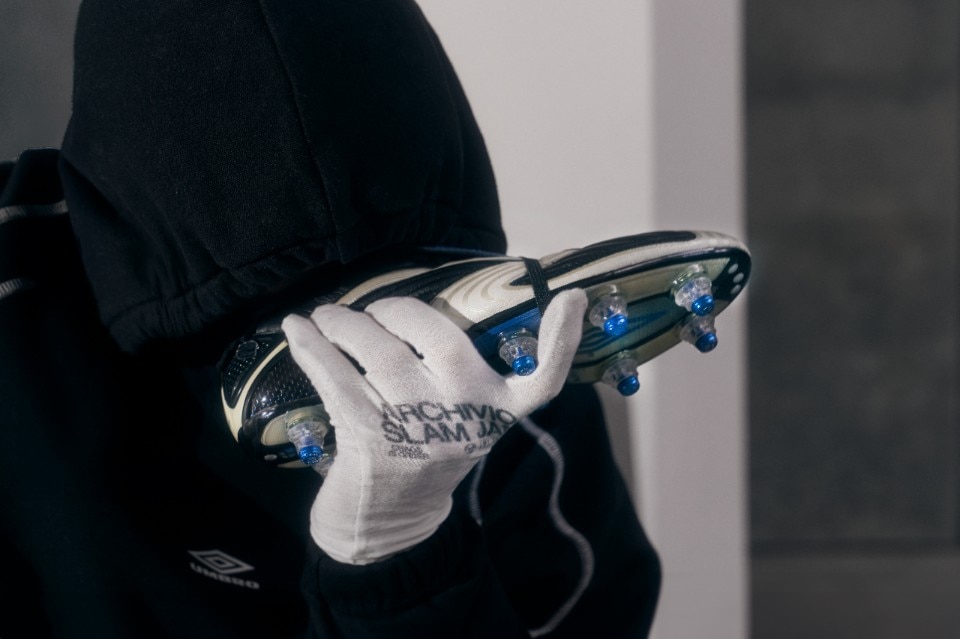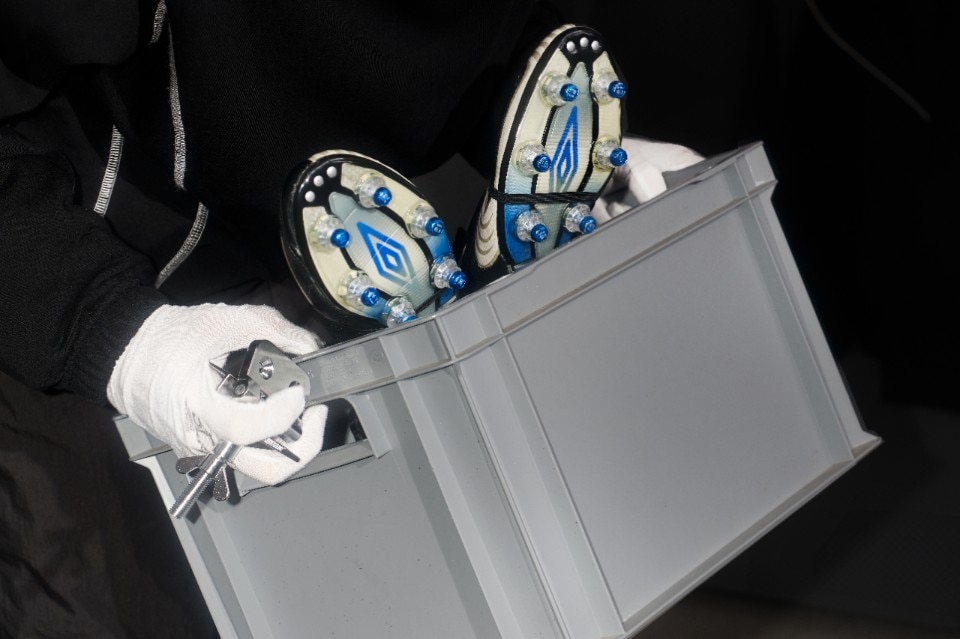One may argue that British history is made in, or at last always starts from pubs. So is the case of Umbro, possibly England’s most famous sportswear brand, which in 2024 turns 100.
Its century-old story indeed began in the backroom of the pub of The Bull’s Head Hotel, in Mobberley, Cheshire. Four years before, the landlady’s son, Harold Humphreys, had quit his job in a Stockport factory, to dive into the growing football frenzy that was taking the nation by storm in between the two world conflicts. After joining forces with his brother Wallace, Humphreys Brothers Limited, soon renamed Umbro, was born.
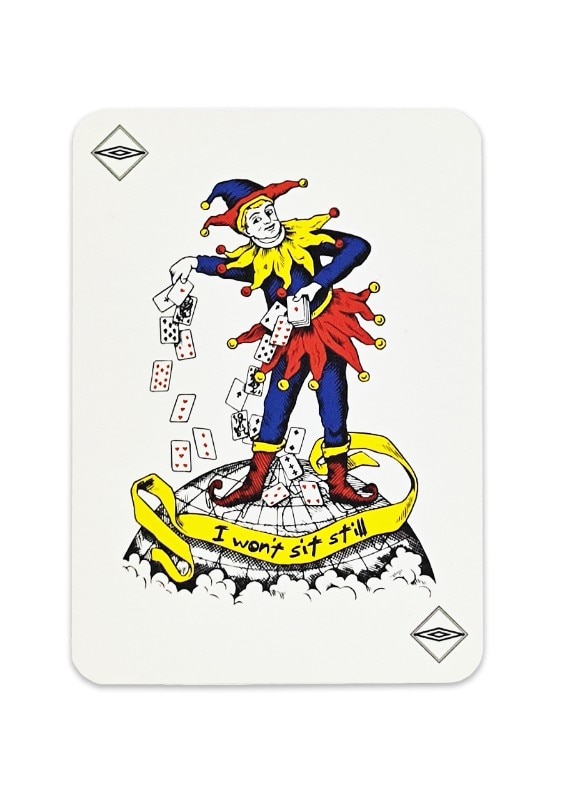
After relocating to a factory in Wilmslow, 11 miles south of Manchester, the 20-or-so employees firm rapidly began its ascent to England’s number one football – and later rugby – kit supplier. The restless metallic ticking of its Bradbury’s & Company’s sewing machines could tailor and provide teams with their uniforms within 48 hours. A record-breaking time for the brick-walled warehouse located on the corner of Green Lane.
The brand’s first recognition came at the 1934 FA Cup final, when both contenders Manchester City and Portsmouth wore Umbro under the Webley towers. The Citizens, who snatched the trophy, sent a letter to the factory: “The fit, quality and smartness of the entire outfit was undoubtedly perfection.” The rest is history, with hundreds of cutting edge and iconic designs, from outfitting England’s sole World Cup triumph to many home and international teams.
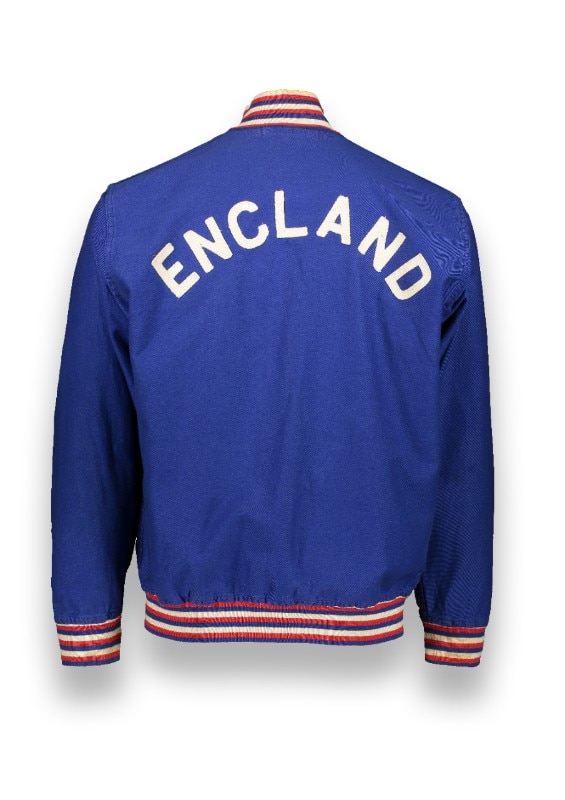
The collab pioneers
However, what may escape many avid Umbro fans is the fact the diamond was also at the forefront of collaborations with fashion houses, a currently much hyped and normalised practice. This is the focus of Umbro 100: Sportswear x Fashion, an exhibition running April 12th-28th at the Westminster Menswear Archive and curated by Professor Andrew Groves. Across five sections – Manchester, England, Tailored, Replica and Diamond – and over 120 pieces drawn exclusively from the archive, the exhibition aims to explore this pioneering relationship which was inaugurated in 2002, the year Umbro on the occasion of the FIFA World Cup in Japan and Korea first collaborated with another British establishment: Paul Smith.
“A nearly identical version of the 2002 Home shirt worn by the England football squad was produced as part of the range, with the only difference being that it bore the Paul Smith Sport logo. It is at this moment that the distinction between sportswear and fashion completely dissolves," explains Groves.
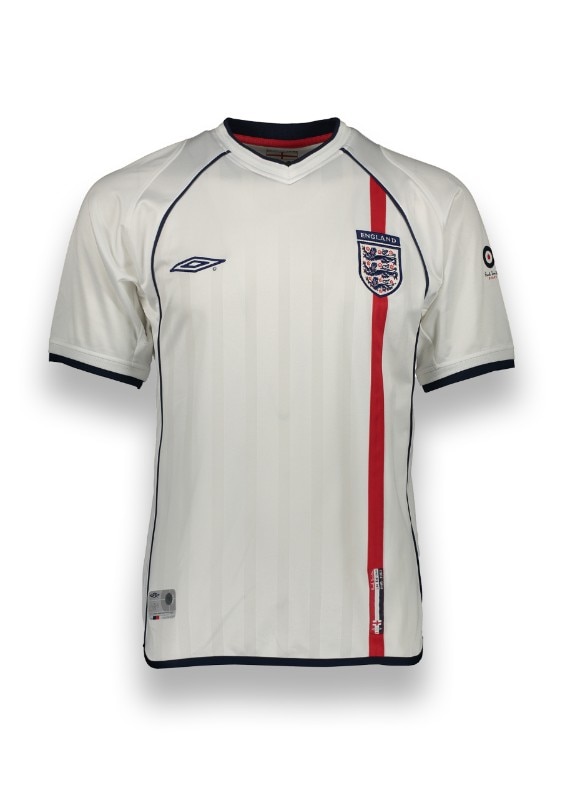
The breadth of collaborations is surprising and spans worldwide from haute couture houses to streetwear brands, including OFF-WHITE, Vetements, Supreme, Patta, Palace, Wasted, Stranger Crew, BoTT, Nigel Cabourn, Christopher Raeburn, Henry Holland, Aries Arise, and Rowing Blazers. In Japan the collaboration with Eliminator even saw the involvement of artist Peter De Potter. “The more we researched the more we discovered these amazing collabs with incredibly interesting designers like Kanghyuk in Korea, Carnival in Thailand, and Basicks in Japan,” says the curator.
As Groves points out, long before the advent of the hybridisation between street and sportswear, with its “specials” kits Umbro was already distinguishing itself with customised lines that differed from the otherwise common stock uniforms.
The breadth of collaborations is surprising and spans worldwide from haute couture houses to streetwear brands.
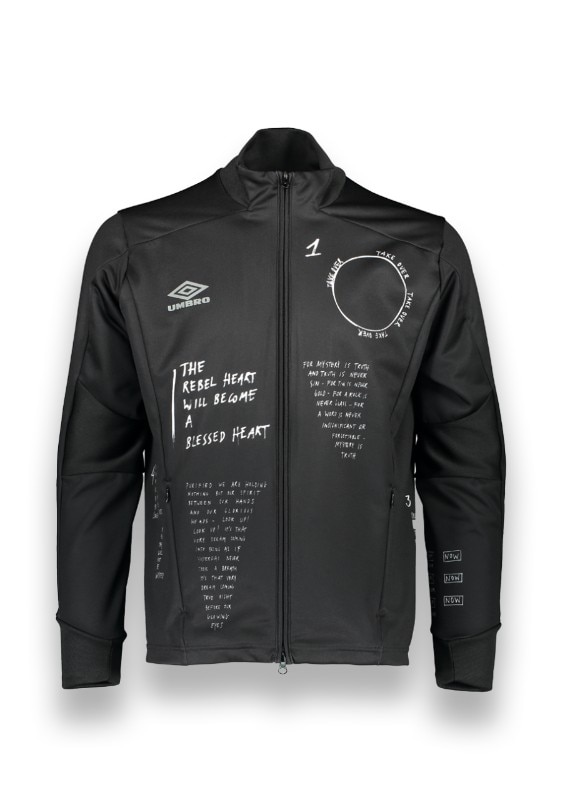
“Later in the 1950s, they formed two partnerships, the first with Teddy Tinling, the world’s most famous tennis designer at the time, and the second with Matt Busby, arguably the world’s most well-known football manager. Though not collabs as we know them now, their Styled by Teddy Tinling range from 1955 and their Styled by Matt Busby range from 1958 both made men’s sportswear functional and stylish.”
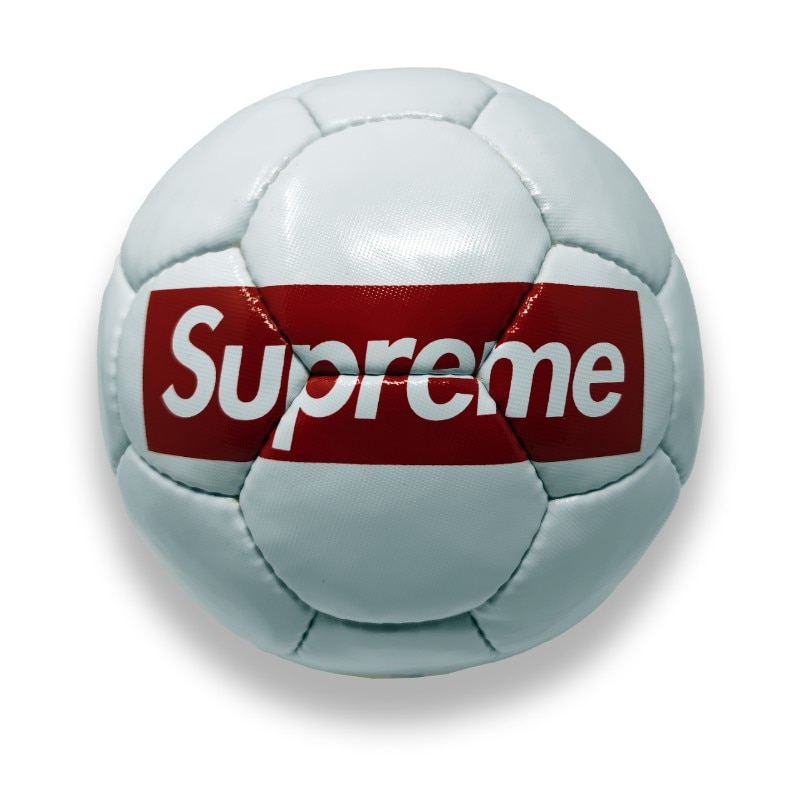
Tailored by Umbro
At the core of Umbro’s leadership in its sector is also a one-of-a-kind encounter of tailoring and design, which was also proudly reaffirmed in 2010 with the sartorial-edged Tailored by Umbro line that took a neat diversion from the status quo of its international competitors.
“From Matt Busby in the 1950s to [designer] Aitor Throup and the England shirt in 2010, there is a focus on design as an integral part of performance. It has leveraged that history and approach with the collabs that they have done, and the sheer diversity demonstrates their ability to adapt with each specific brand and customer.”
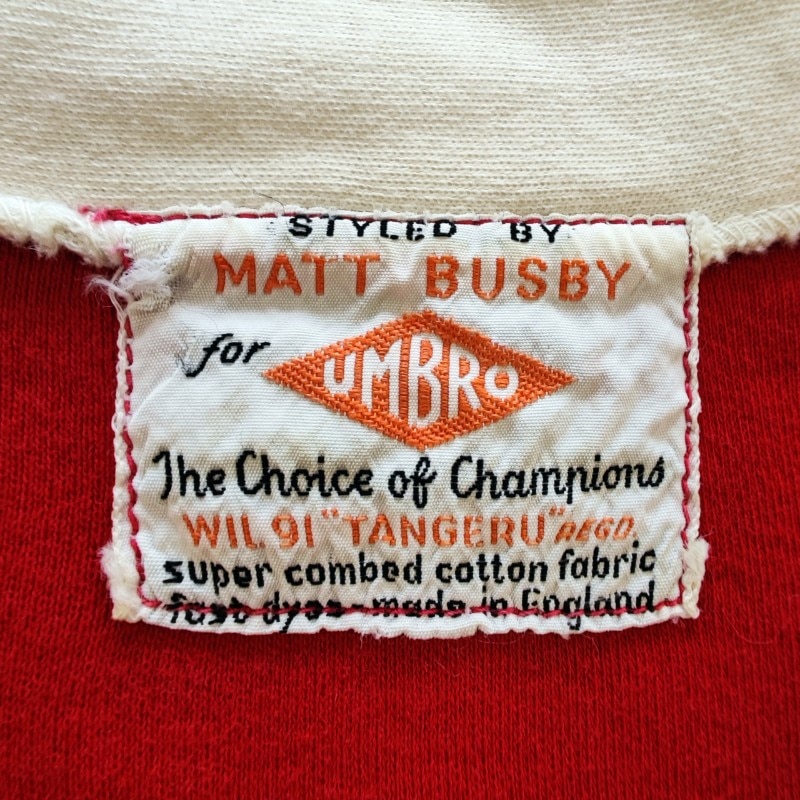
When the kids were united
The collab culture at Umbro, hence, draws a fil rouge with its historical bond with youth culture. Not only was the brand one of the first sportswear firms to issue replica kits for kids and teens, but over the years they became pivotal in fully ingraining the Diamond into British pop culture, to be intended as the encounter of music, fashion and subcultures.
Think of the role the Umbro logo played in the 1990s, at the height of the Battle of Britpop, when it was equally emblasoned on the Manchester City shirt endorsed by the Gallagher brothers and on the Chelsea one worn by Blur’s Damon Albarn. Their popularity acted as a global catalyst for Umbro’s subcultural stance.
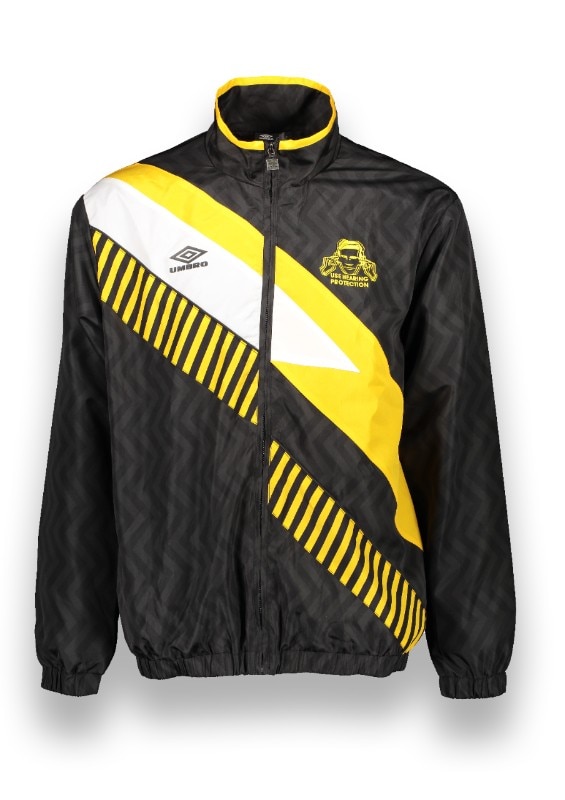
“Umbro has consistently combined textiles, sport, and style—three things synonymous with Manchester—in order to build and evolve their business. The epitome was the video for New Order’s ‘World in Motion’ song for Italia 1990. Originally mooted to be called ‘E for England’, the song and accompanying video encapsulated the convergence of music, sport, and style, making England’s third shirt by Umbro the most desirable kit of the tournament,” explains Groves.
New Order’s label Factory Records was indeed the focus of one of Umbro’s most apprecoated collabs, while The Stone Roses and the heydays of Madchester were the fulcrum of a collection in 2013, more than ten years ahead of Adidas recent Manchester United range inspired by Ian Brown’s band.
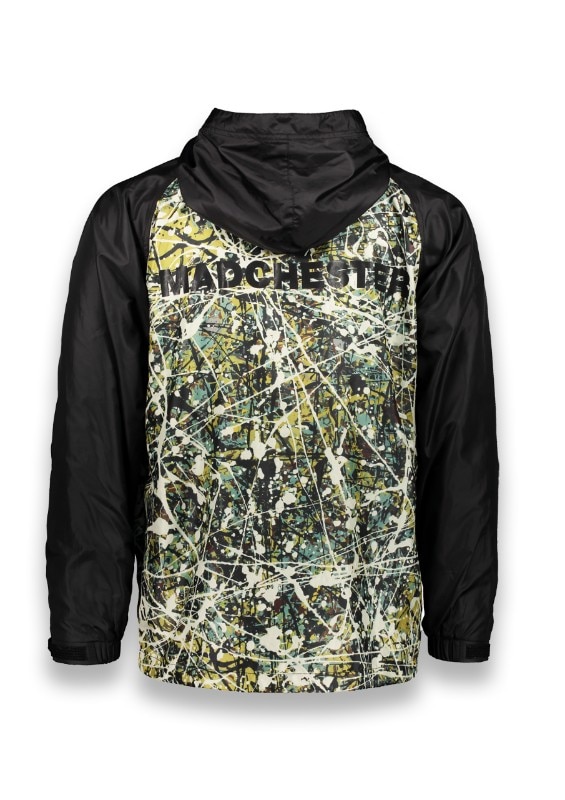
As a matter of fact, on the occasion of Umbro’s 100th birthday, the Ferrara-via-Milan multipurpose hub-cum-fashion brand Slam Jam has just released Penalty Culture, a capsule collection aiming to revisit in a streetwear key some of the staple design solutions of the Diamond. These include jerseys inspired by the 1998 and 2006 England Home kits, as well as a masked hoodie and a checked anorak, which has risen to cult status on social media long before its drop.
“This new collection blends football and street codes to create an elevated design language without compromising Umbro’s instantly recognisable sports credentials,” explain Slam Jam, which since 1989 has made subcultural legacy a staple of its identity.
The capsule follows another collection issued by Umbro and aimed at revisiting its archive classics too, including a take on the classic Sir Alf Ramsey-worn FIFA World Cup 1966 England monkey jacket.
To kick off the celebrations for Umbro’s centennial, Slam Jam will be showcasing its capsule by hosting When the Kids Were United, a photographic exhibition by British subcultural photographer Gavin Watson, opening at Spazio Maiocchi, Milan, on Thursday, March 21st.
Opening image: Slam Jam x Umbro Penalty Culture. Photo Federico Floriani.
- Exhibition:
- Umbro 100: Sportswear x Fashion runs
- Location:
- Ambika P3, 35, Marylebone Road, London, NW1 5LS
- Dates:
- April 12th-28th 2024


